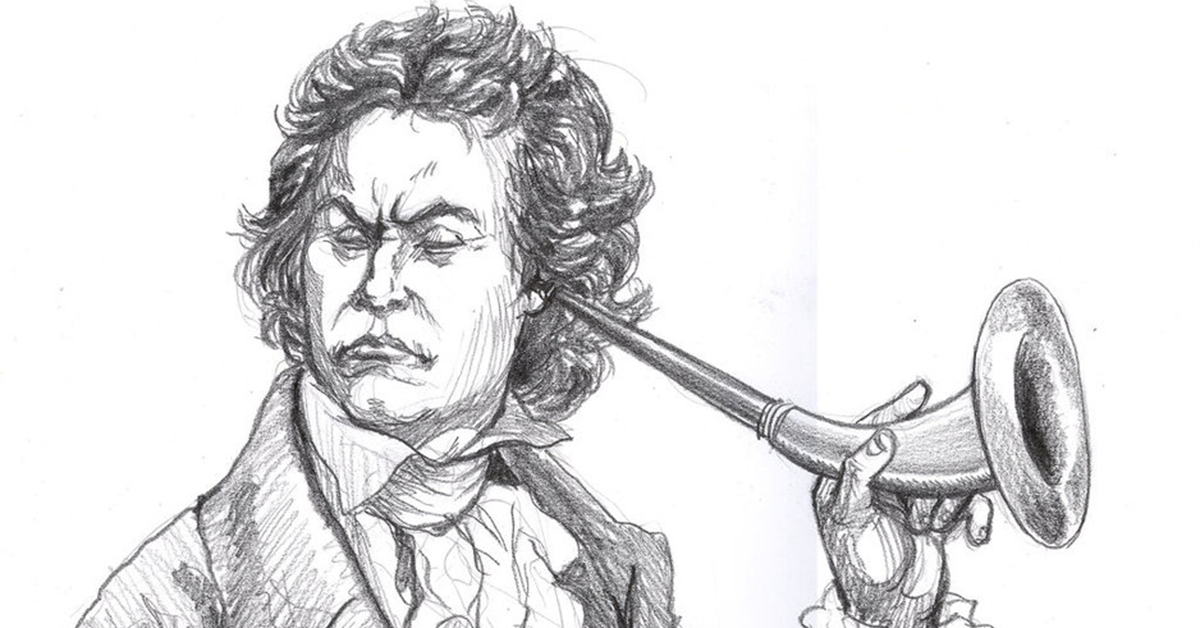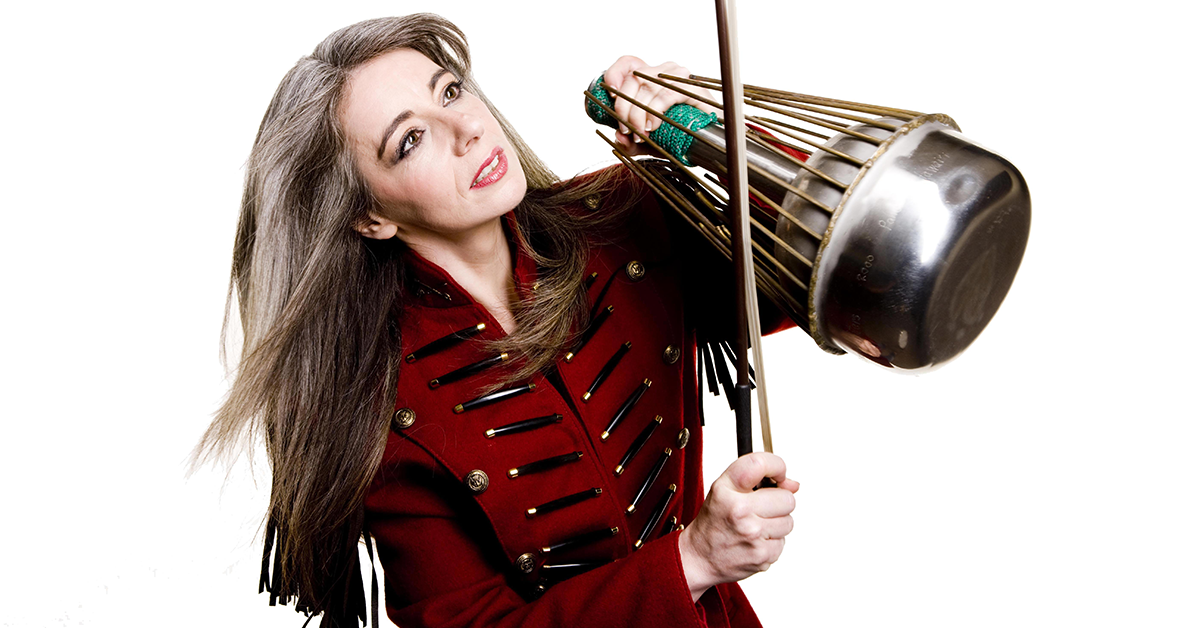Feel the vibe: How deaf people experience and create music
Have you ever considered how deaf people and those with hearing difficulties experience music? Have you considered how one can go about creating and performing music if unable to hear any of it? At Drooble we are very interested in investigating different perceptions and experiences of music in the hopes of enriching our own, as well as your relationship with it. If we go beyond the idea that music can only be heard, there is a whole new unique way of engaging with sound and music.
In this article we shared a talk by composer and solo percussionist Evelyn Glennie. She tells about the different ways of listening to music that don’t involve your ears and notes how experiencing music through her body has helped her maintain her relationship with this art form despite losing her hearing when she was 12 years old. Glennie, just like Beethoven, falls into a category of musicians who have excellent musical training, as well as perfect pitch and hearing before they became deaf. These skills and inherent talent perhaps have allowed them to hear music in their mind so clearly it is almost as if they are actually listening to it. Think of occasions when you have a particular song stuck in your head. Imagine now that you had the amazing ability to reproduce any note in your mind and without any restraint compose amazing standing-ovations-inducing pieces.
There are musicians who can read through sheet music just like we ordinary folk read through novels. They experience it just as if they were listening to it live – they sense the drama, feel the rhythm, go through the highs and the lows, burst at the culmination and smoke a cigarette afterwards. Are any of you like that? Share with us your most intense sheet music reading experience in the comments below.
”Hearing is basically a specialized form of touch”
So how do deaf people experience music if not equipt with magic sound-reproducing abilities in their mind?
Glennie notes that she has learned to feel music in her body. When she was younger she would place her hands on the wall to sense the rough pitch while her percussion teacher was playing the timpani, an instrument that produces a define pitch. Gradually she learned how to distinguish the rough pitch of different tones by feeling them in different places on her body – she feels low sounds in her legs, and high sounds in the top part of her body – face, neck or chest. Thus, often at concerts, she plays barefoot in order to better feel each note.
On her website, Glennie talks about how sound is just air that vibrates and is then picked up by the ear which converts it into electrical signals that the brain can interpret and ta-da you then know what the drunk on the street is singing about. Thus, as Glennie notes, “Hearing is basically a specialized form of touch” – touch can feel and interpret vibrations just as well. Therefore, a lot of deaf people can fully experience music just by sensing its vibration – allowing them to dance and feel the full spectrum of emotions that music brings along to the party.
Here is a performance on the marimba by Evelyn Glennie. Enjoy:
Famous musicians with hearing problems
I bet you will not be surprised to hear that many famous musicians have hearing problems as the result of their careers. Playing almost every day next to blaring speakers in front of a roaring crowd will surely have an effect on your hearing. And if you are a rock star … well, taking proper care of your health will most likely not fit within your bad boy/girl image. Musicians such as Eric Clapton, Ozzie Osborne, Pete Townshend, and Phil Collins have become deaf or partially deaf due to their overexposure to loud noises in the span of their careers.
Naturally, there are some musicians who have had great careers despite suffering from hearing problems. A common condition which many people battle is tinnitus – a buzzing, ringing or hissing sound which is constantly in your ear. It can be the result of age-related hearing loss or exposure to really loud noise. Chris Martin, Neil Young and will.i.am are some of the musicians living with tinnitus, which sadly is often irreversible.
The famous Four Seasons singer Frankie Vallie had a condition known as osteosclerosis, which hardens the bones in his middle ear. He underwent surgery for it in 1967 which helped him almost fully regain the hearing in both his ears.
So, I guess – take care of your hearing health. Wear ear plugs to really loud concerts and turn the volume down on your music player – no one needs to listen to Katy Perry that loud.
Apparently, Manowar hold the record for the loudest band in the world:
Deaf musicians feeling the vibe
If you are interested in exploring the art of deaf musicians you should definitely check out Beethoven’s Nightmare – the first deaf rock band. Alongside their rock tunes, the band focuses on communicating through their music their deaf identity and stressing that deaf people can also be musicians and make great songs.
Mandy Harvey lost her hearing in the span of a year, leading her to abandon singing and become extremely depressed and angry about what had happened to her. Thankfully she managed to overcome her struggles and go back to singing, launching a great career with amazing music. Similarly to Glennie, Mandy uses feelings and sensation to listen to music.
Learn more about Mandy and her journey:
Another example is musician Sean Forbes whose goal is to show people that you don’t need to be able to hear in order to be a musician. He has created a visual video in which he signs, sings and “gives beats to the hard of hearing”, providing a visual experience with lyrics deaf people can sing along to and enjoy. Sean uses his musical platform also to spread a message and dispel misconceptions about deaf people.
Learning about these different forms of experiencing and listening to music – we can’t wait to try them out. Join us – at the next concert you go to, pay attention to where in your body you feel the music. Share with us how it goes in the comments below or on Drooble!





